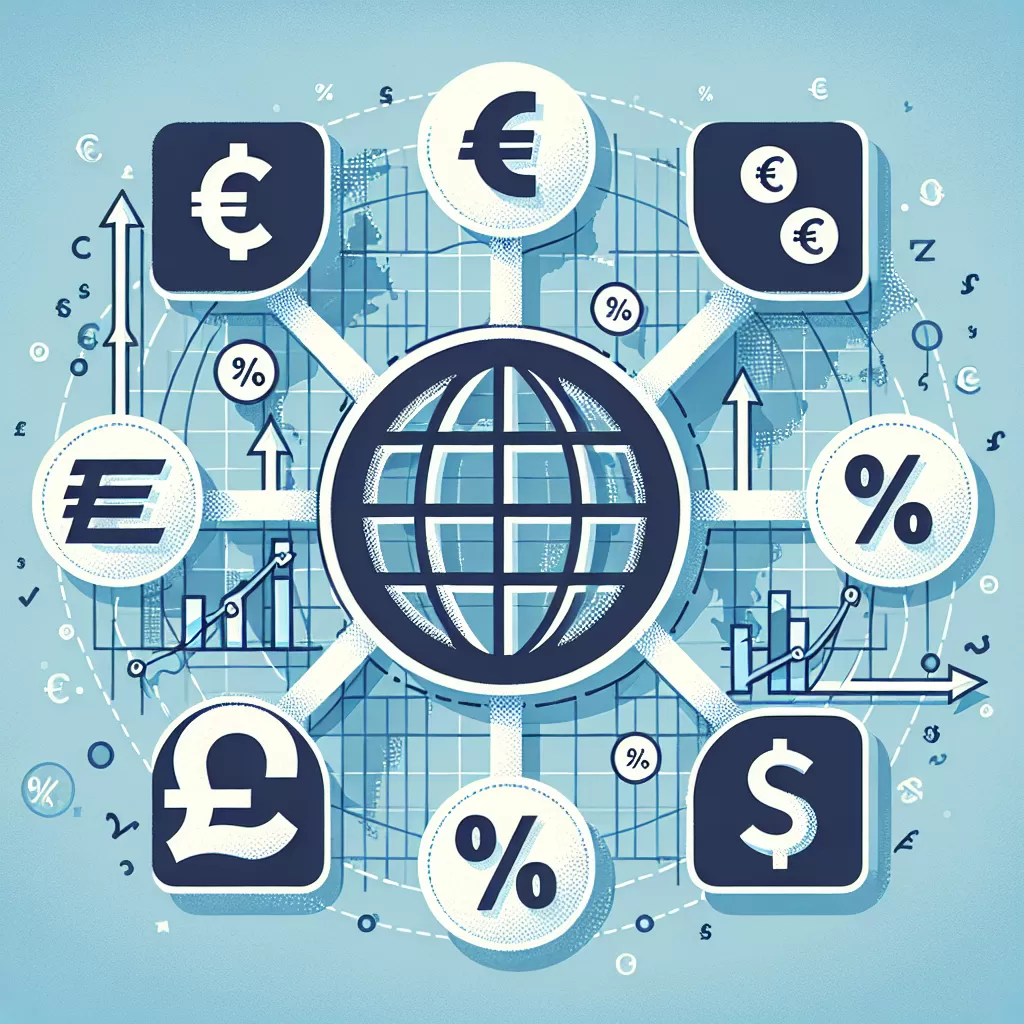How Much Is Currency Exchange Fee
Follow Currency Mart April 10, 2024
Where to purchase Foreign Currencies?

Introduction
Currency exchange underpins international trade and commerce, connecting economies, binding markets, and facilitating cross-border transactions. Convertibility from one denomination to another attracts a small cost, usually charged as a fee by the parties facilitating the transfer - the bank or exchange bureau.Understanding Currency Exchange Fees
A currency exchange fee, also referred to as a foreign exchange fee or simply a forex fee, is a cost set by financial institutions to convert one currency to another. These fees may vary from place to place, depending both on the institution that effects the conversion and the currency pair involved. The fees represent the service charge for the risk banks or forex bureaus undertake in engaging in the currency market, as well as a means to cover their operating costs. This fee, which hovers around 0.1% to 1% of the amount being exchanged, is often embedded in the exchange rate itself, making it imperceptible to consumers unless closely examined.Currency Exchange Fee Types
Currency exchange fees are broken down into a few categories, each having its own percentage fee and serving a specific function. 1.Dynamic Currency Conversion (DCC) Fees
This fee is levied when a transaction is carried out in a foreign country using your home currency. Traditionally, it is always higher than the normal currency exchange fee. 2.Foreign Transaction Fees
These fees are typically charged on transactions that involve foreign banks or are completed in a foreign country, encompassing both purchases and ATM withdrawals. 3.ATM fees
These are fees charged by your bank when you use an ATM abroad, in addition to possible fees charged by the foreign bank itself.Online Money Transfer Fees
In the digital age, several platforms such as TransferWise, PayPal, and more have sprung up, offering competitive rates for currency exchange. Such services are convenient for remittance or online payments and usually have a tiered fee structure based on the amount transacted.Banks & Currency Exchange Fees
Each bank has its foreign transaction fee structure. Banks typically take 'a spread' on the exchange rate they offer, which can often disguise their actual fee. Customers should take note of this hidden fee when evaluating currency exchange options.Credit Card & Currency Exchange Fees
Credit cards can attract heavy currency exchange fees, especially when used abroad. The fees often combine a percentage of the transaction amount along with a flat charge per item, which can quickly grow.Minimizing Currency Exchange Fees
Consumers must be vigilant to avoid overpaying on exchange rates. Some proven ways of minimizing currency exchange fees are shopping around for the best rate, using forex cards, making large lump sum transactions rather than many small ones, and shielding oneself from currency fluctuations with a forward contract.Conclusion
While currency exchange fees are a necessary cost in a globalized world, understanding them and shopping around for the best deal can save substantial amounts of money over time.
Where to purchase Foreign Currencies?